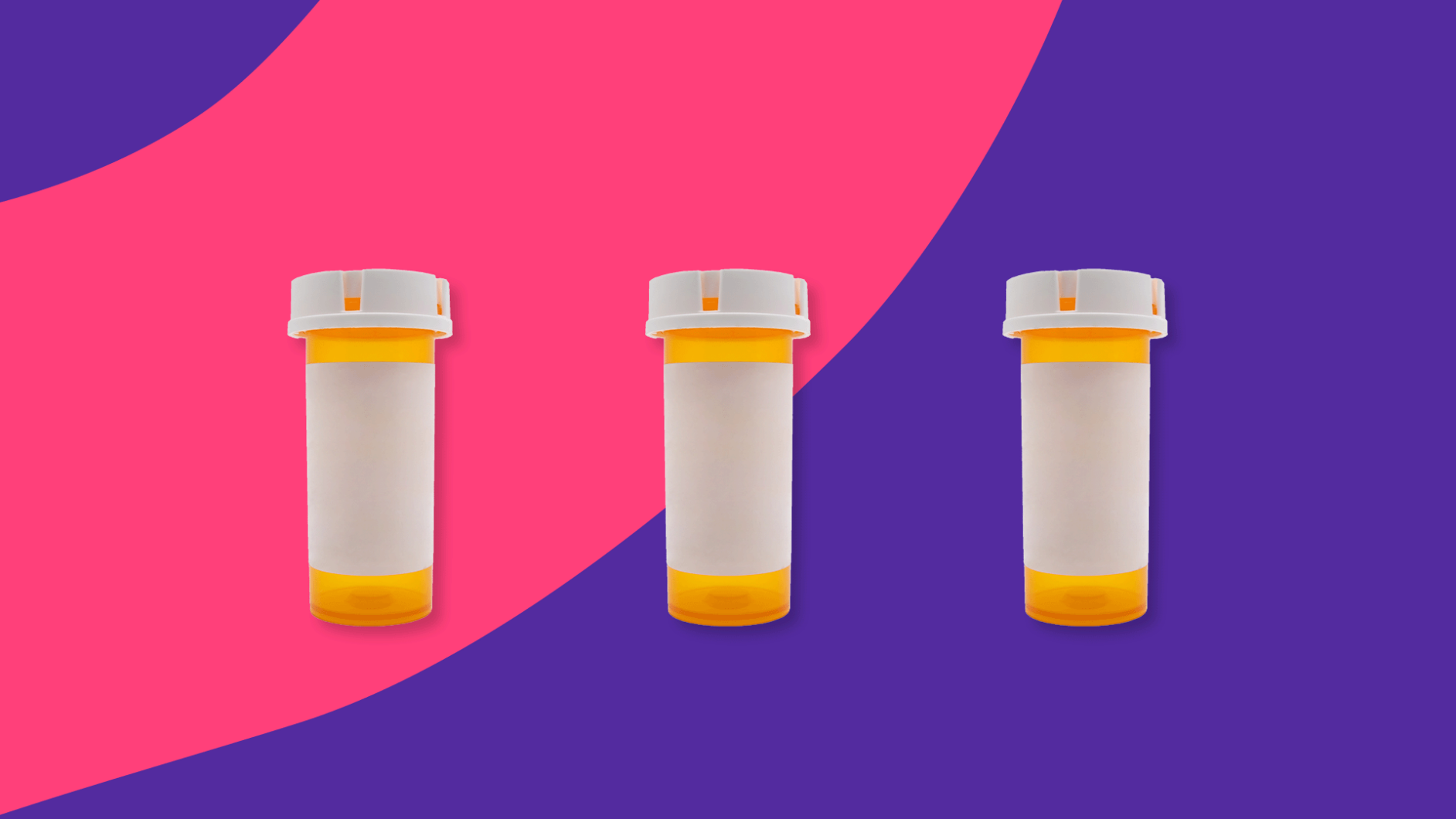Key takeaways
Venlafaxine is used to treat depression and anxiety.
Many drugs interact with venlafaxine, including medications that increase serotonin levels, certain antidepressants, and nonsteroidal anti-inflammatory drugs (NSAIDs).
Drinking alcohol while taking venlafaxine is not recommended. Combining alcohol and venlafaxine can worsen side effects such as drowsiness and impaired focus.
Keep a list of all over-the-counter and prescription drugs, vitamins, and herbal supplements that you take. Share this list with a healthcare provider before you start any new medications.
Drug interactions | Food interactions | Other interactions | Avoiding interactions | When to see a doctor
Venlafaxine hydrochloride is approved by the U.S. Food and Drug Administration (FDA) to treat major depressive disorder, also known as depression. The extended-release version of venlafaxine is used to treat social anxiety disorder. Also known by its brand-name counterpart, Effexor, venlafaxine belongs to a group of antidepressants called serotonin-norepinephrine reuptake inhibitors (SNRIs) and works by increasing the levels of certain chemicals in the brain that help regulate mood and behavior.
Venlafaxine drug interactions
Venlafaxine can interact with many drugs. Most of these interactions increase the risk of side effects.
Monoamine oxidase inhibitors (MAOIs)
A monoamine oxidase inhibitor (MAOI) is a type of antidepressant that is used to treat depression or Parkinson’s disease. However, doctors don’t commonly prescribe MAOIs because they can interact with medications and foods and cause an increased risk of common side effects.
Both venlafaxine and MAOIs can increase the levels of serotonin in the body. Taking them together can increase serotonin to toxic levels, and in rare cases, this can lead to serotonin syndrome. Symptoms of serotonin toxicity include high blood pressure, fast heart rate, sweating, muscle rigidity, changes in mental status, and seizures.
Because of this risk, do not combine venlafaxine with an MAOI. Use caution when switching from an MAOI to venlafaxine or vice versa. Wait at least 14 days after stopping an MAOI to start venlafaxine treatment. Wait at least seven days after stopping venlafaxine to start an MAOI.
Examples of MAOIs include:
- Azilect (rasagiline)
- Eldepryl (selegiline)
- Marplan (isocarboxazid)
- Nardil (phenelzine)
- Parnate (tranylcypromine)
- ProvayBlue (methylene blue)
- Zyvox (linezolid)
Medications that increase serotonin levels
Several drugs increase serotonin levels in the body. Examples include certain antidepressants, migraine medications, and pain relievers. Taking venlafaxine with any of these medications can increase the risk of serotonin syndrome. If your healthcare provider prescribes these medications together, report any signs and symptoms of serotonin syndrome immediately. When first starting treatment and when your dosage is increased, the risk of serotonin syndrome is highest.
Examples of drugs that can increase serotonin include:
- Lithobid (lithium)
- Ultram (tramadol)
- Triptans, such as Imitrex (sumatriptan) and Zomig (zolmitriptan)
- Amitriptyline
- Fentanyl
- Dexedrine
- Selective serotonin reuptake inhibitors (SSRIs), such as Prozac (fluoxetine) and Paxil (paroxetine)
- Tryptophan
Metoprolol
On its own, venlafaxine can increase blood pressure. When taken with metoprolol, a drug used for heart conditions such as heart failure and high blood pressure, venlafaxine can reduce its blood pressure-lowering effect. Therefore, regular blood pressure monitoring is recommended if you’re taking venlafaxine.
Haloperidol
Taking venlafaxine with haloperidol, a drug used for psychotic conditions, can increase the levels of haloperidol in the body. This may cause a rise in the chances of experiencing haloperidol side effects such as seizures, abnormal muscle movements, low blood pressure, and a life-threatening abnormal heart rhythm called QT prolongation.
Medications that affect bleeding
Venlafaxine can interact with medications that alter how the blood naturally clots. These include blood thinners, which are medications used to prevent stroke. Blood thinners work by thinning the blood to prevent blood clots from forming. However, this can also increase the risk of bleeding. Because venlafaxine can also cause bleeding, combining these medications can increase the chances of bleeding even more.
Examples of blood thinners include:
- Coumadin (warfarin)
- Eliquis (apixaban)
- Brilinta (ticagrelor)
- Plavix (clopidogrel)
For similar reasons, venlafaxine can also interact with nonsteroidal anti-inflammatory drugs (NSAIDs). NSAIDs and venlafaxine both increase the risk of bleeding. So, taking them together puts you at a higher risk of abnormal bleeding.
Examples of NSAIDs include:
- Advil (ibuprofen)
- Aleve (naproxen)
- Indocin (indomethacin)
- Aspirin
Metabolism interactions
Certain drugs may slow the breakdown of venlafaxine in the body. This can cause venlafaxine to build up and reach high levels in the body, increasing the risk of adverse effects. Your healthcare provider may adjust your venlafaxine dosage depending on how strongly the drug can block its breakdown.
Venlafaxine food interactions
In some cases, food can interact with drugs. Grapefruit is a food that can interact with several medications.
Venlafaxine and grapefruit
Grapefruit can interact with many drugs, typically by slowing their breakdown and clearance from the body. This causes drugs to build up in the body, increasing the risk of side effects.
More research is needed to determine if grapefruit can interact with venlafaxine specifically, but there is evidence that grapefruit juice interacts with a wide range of drugs, including antidepressants.
Other venlafaxine interactions
Venlafaxine can also interact with other substances. These include alcohol and the herbal supplement St. John’s wort.
Venlafaxine and alcohol
Venlafaxine can cause drowsiness and affect your ability to think, focus, and react. Because alcohol causes similar effects, it’s best to avoid alcohol while taking venlafaxine. Mixing the two can worsen these side effects.
Venlafaxine and herbal supplements
St. John’s wort is an over-the-counter (OTC) herbal supplement typically used for depression. Doctors usually don’t recommend taking St. John’s wort for many reasons–one of which is because it may interact with your other medications.
Venlafaxine may interact with St. John’s wort. Similar to other drugs that increase serotonin levels, mixing venlafaxine and St. John’s wort can increase the risk of serotonin syndrome.
Venlafaxine and disease
People with certain medical conditions may be at higher risk of experiencing the side effects of venlafaxine. These can include people with the following conditions:
- Heart problems
- Diabetes
- Liver dysfunction
- Kidney problems
- Thyroid problems
- Glaucoma
- History of seizures
- High blood pressure
- High cholesterol
- Bleeding problems
- Bipolar disorder
- Low sodium levels in the blood
People who are pregnant or breastfeeding should always discuss safe medication use with their healthcare provider. It is unknown if it’s safe to take venlafaxine during pregnancy. Furthermore, venlafaxine can pass into breast milk.
How to minimize venlafaxine interactions
To minimize the risk of venlafaxine interactions, keep a list of all prescription and OTC medications, vitamins, and supplements you take. Before starting any new medications, share this list with a healthcare provider. This way, they can identify any potential interactions before they occur. Some interactions require a dosage adjustment, while others require close monitoring.
Warning signs of a venlafaxine interaction include new or worsening side effects, new or worsening symptoms of your condition, or changes in a drug’s effectiveness. If you experience any of these warning signs, report them to a doctor so they can identify any potential medication issues and make the necessary adjustments.
When to talk to a healthcare provider about venlafaxine interactions
Before starting a new medication, discuss your medical history and medication list with a healthcare professional. Doing so helps avoid any interactions before they occur. Report any warning signs of an interaction to a medical professional as well. This helps ensure proper management and monitoring.
Remember that this article doesn’t have a comprehensive list of all venlafaxine interactions. There may be other interactions or drug information that isn’t discussed here. Always consult a healthcare provider for medical advice regarding drug interactions.
Sources
- Grapefruit juice interactions with psychotropic drugs: Advantages and potential risk, Przegl Lek (2008)
- Haloperidol–haloperidol tablet prescribing information, DailyMed (2022)
- The dangers of NSAIDs: Look both ways, British Journal of General Practice (2016)
- Venlafaxine–venlafaxine tablet, extended-release, prescribing information, Food and Drug Administration (2023)
- Venlafaxine–venlafaxine tablet prescribing information, Food and Drug Administration (2023)











